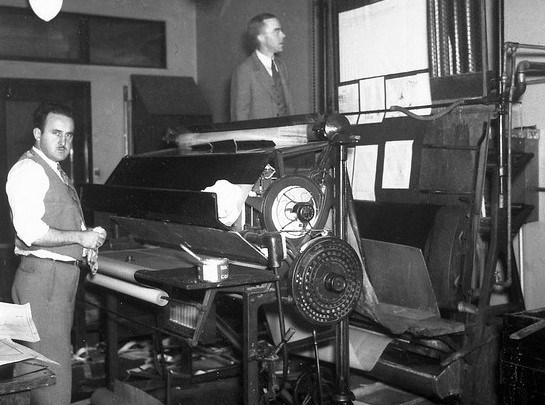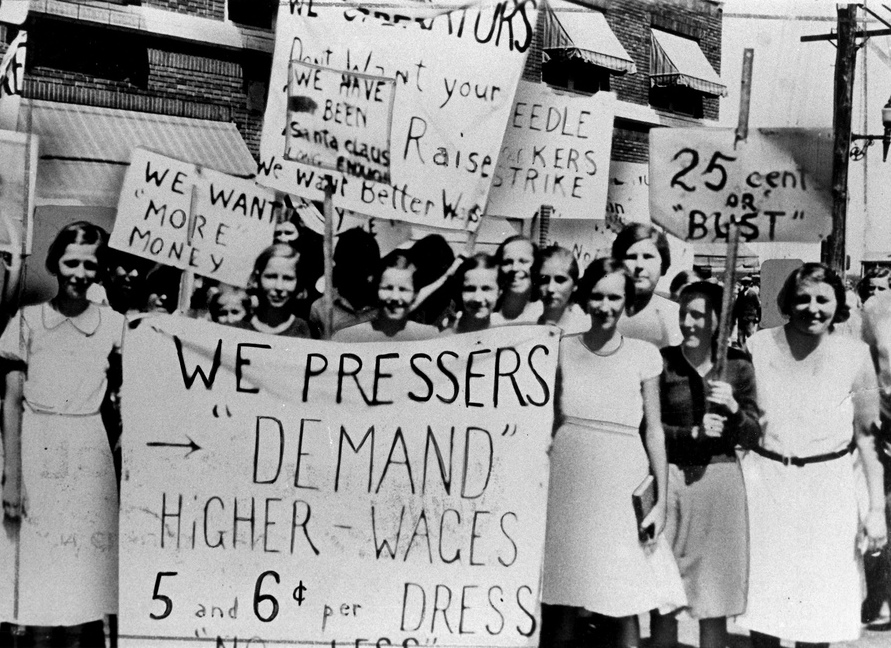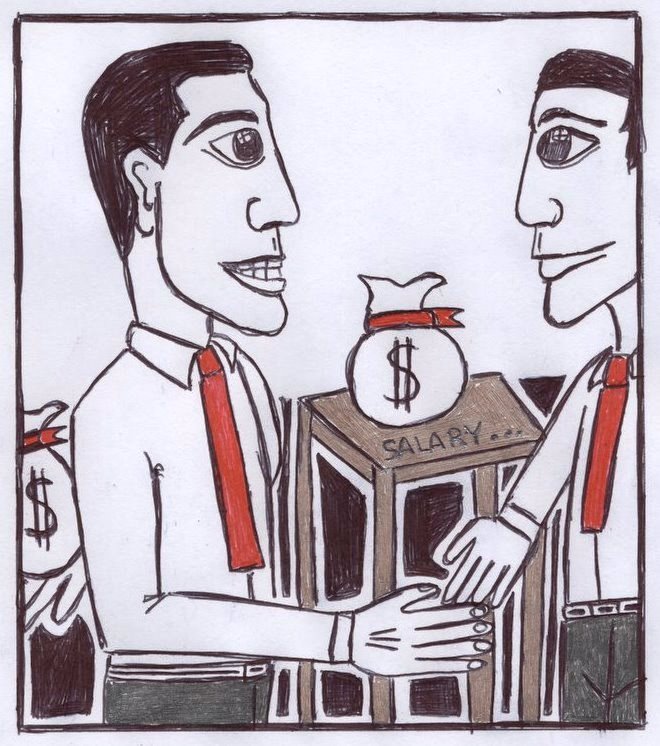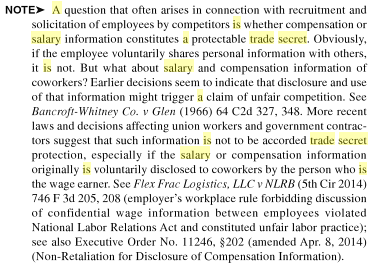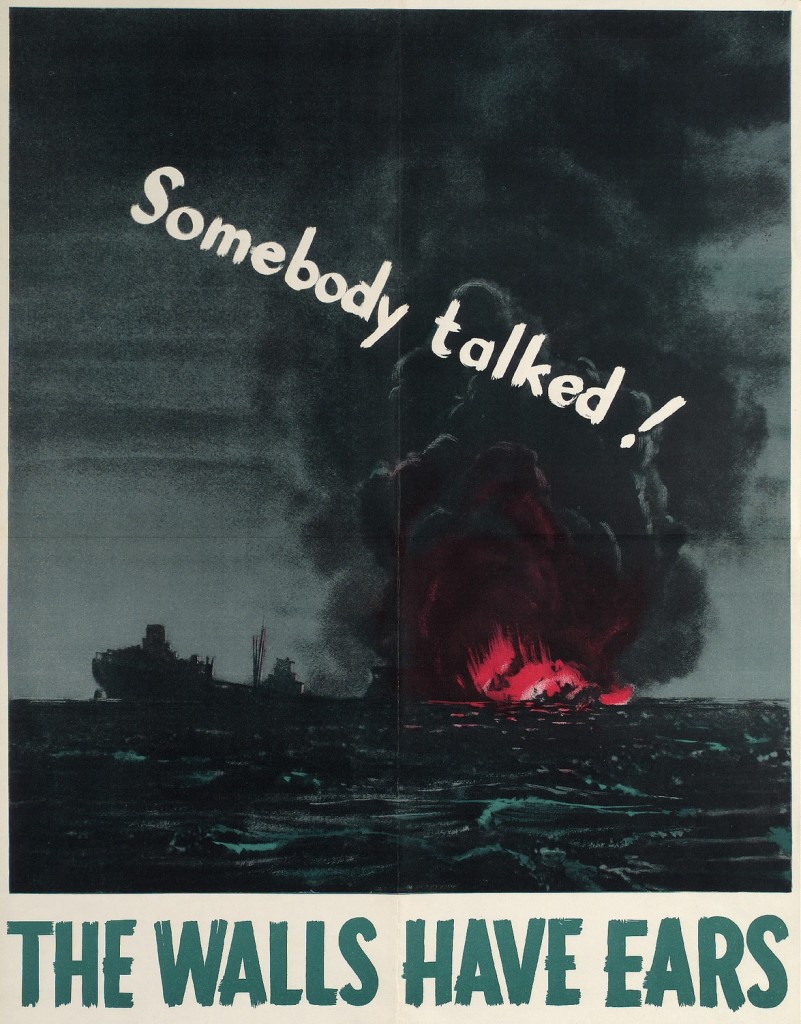“Failures in Self-Publishing” just went up on The Digital Reader, so now feels like a good time to post an elaboration on how to actually make money by writing online. (Scroll to the bottom for the other reason I’m putting this up now.)
As a person with many opinions but only moderate hustle, I’ve ended up writing for free a lot. Not just writing for free, but being published for free. I’m okay with that — I have a day job. I also understand supply and demand: personal essays aren’t scarce, so they’re not particularly remunerative. When I have been paid, the check was usually a pittance that amounted to minimum wage (and that’s before self-employment taxes!). I resented this when I was freelancing professionally, but now that I do it as a hobby, I shrug and tell myself, “This is what the market dictates.”
Price, after all — especially average price — is a number synthesized from the desires of the various players in a commercial endeavor. Customers want to pay less and merchants want to charge more. They agree somewhere in the middle, depending on which side has more leverage. Who is willing to walk away? Who is anxious to make a deal? If customers have many other merchants to choose from, the price is low. If merchants face a deluge of eager buyers, the price is high (*cough* iPhone 6s *cough*).
It’s not a new observation that this problem plagues digital media. Readers can easily jump from website to website without sacrificing anything. Publishers, on the other hand, need as many eyeballs as possible and therefore must be flashy and attractive, as well as careful not to alienate their audiences. Most website-owners are stuck in this game, straining to make a couple of advertising cents per reader. You can’t convince people to pay money for a subscription unless you offer unique, high-quality content, which is extremely hard to produce.
Writers have the same relationship to publishers that publishers do to readers — there are plenty of other fish in the sea, so unless you offer something very compelling that can’t be obtained elsewhere, you’re probably shit outta luck. Don’t get me wrong — there is money to be made in writing to entertain a general audience, but not enough for the amount of people who are trying to make a living at it. Incumbent media outlets and winning internet-age startups like Vox Media have flooded this territory.
There are several ways to deal with the evident economics of writing online. One is to be a typical professional from nine to five — in fact, being a smart and prolific blogger will get you a better job and a better salary than you would earn otherwise. It will also bring you surprising opportunities — I landed a copy-writing gig via Twitter recently. Good writing demonstrates key communication and analytical abilities, which are important to every kind of skilled labor. Does having a day job mean that you can’t devote most of your time and intellectual energy to writing? Yes. Such is reality. The other options are to 1) work for peanuts and write thousands of words per day or 2) develop expertise in a particular niche where there is a market for quality.
In closing, I would like to note that I owe a majority of the ideas in this piece to Ben Thompson of Stratechery. I highly recommend his blog and newsletter.
Additional note: I originally wrote this in late September and it was published on Samantha Bielefeld’s blog. I asked her to take it down because of this drama. Summaries of the situation can be found on Building Twenty and Analog Senses. I resent being duped and exploited, and I don’t want my name associated with someone who is essentially a fraudster. If you want to explore the whole brouhaha, you can read everything I’ve said about SB on Twitter (scroll down to September 25th and read upward) as an introduction.
Thanks girl @s_bielefeld pic.twitter.com/4eMpeuL4te
— Sonya Mann (@sonyaellenmann) November 25, 2015
